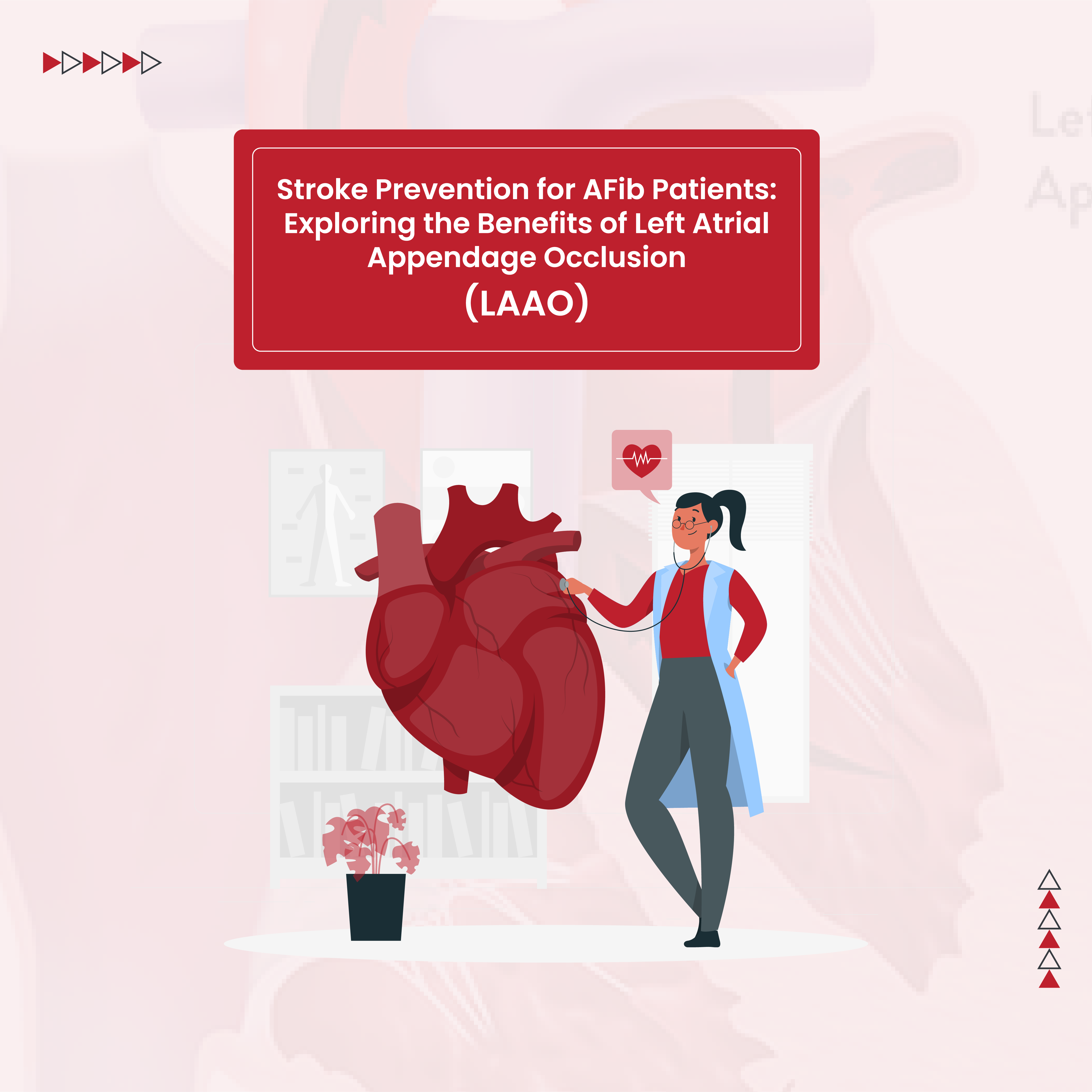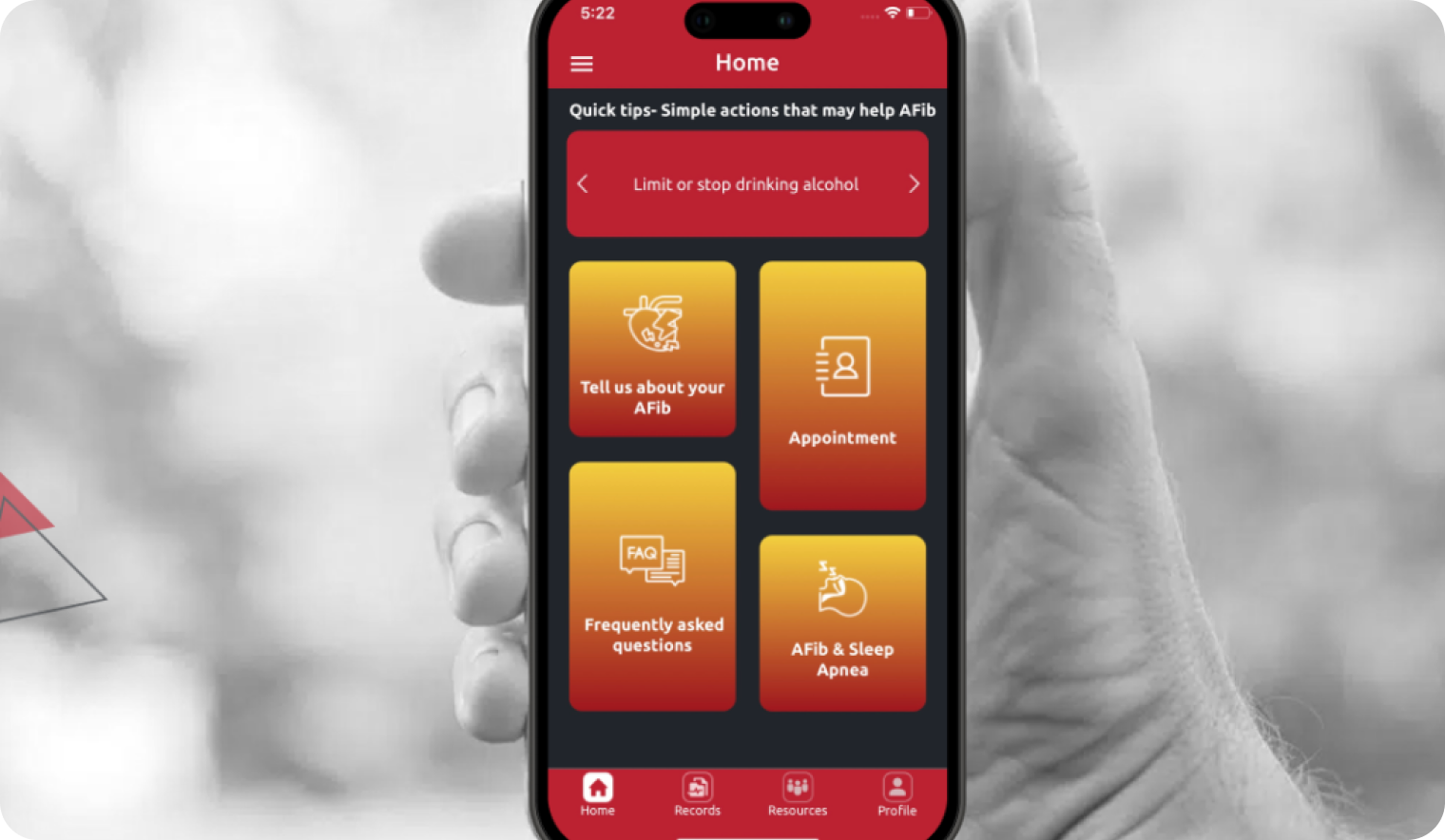If you’re curious about how the medical community categorizes the various levels of AFib, read Dr. Laws post below about classifications and what each means to the patient suffering from the condition.
The classification of atrial fibrillation is based on the duration of atrial fibrillation over the course of time. Hence individuals who are classified as having paroxysmal atrial fibrillation means that atrial fibrillation began and terminated spontaneously or with an intervention within less than seven days. For patients with persistent atrial fibrillation, AFib continues in excess of seven days. Then we also have the terminology of long-standing persistent atrial fibrillation. This implies atrial fibrillation that has been present for over 12 months in duration. The other entity which was previously referred to as chronic atrial fibrillation is now referred to as permanent atrial fibrillation. This is when there is a decision between the patient and physician that atrial fibrillation has been present but there will be no interventions to address the rhythm but we would address the rate. Hence these patients are relegated to having continuous atrial fibrillation with appropriate rate control.
Thank you for your interest in The Scoop. Continue reading to better understand various factors that impact the risk of getting AFib as well as how to minimize intensity of atrial fibrillation.








